Á R DEN A S PO R T F OLI O
Á R DEN A S PO R T F OLI ODE SI G N

Á R DEN A S PO R T F OLI O
Á R DEN A S PO R T F OLI ODE SI G N


In collaboration with University of Alberta, Ontario Tech University and Zayed University.

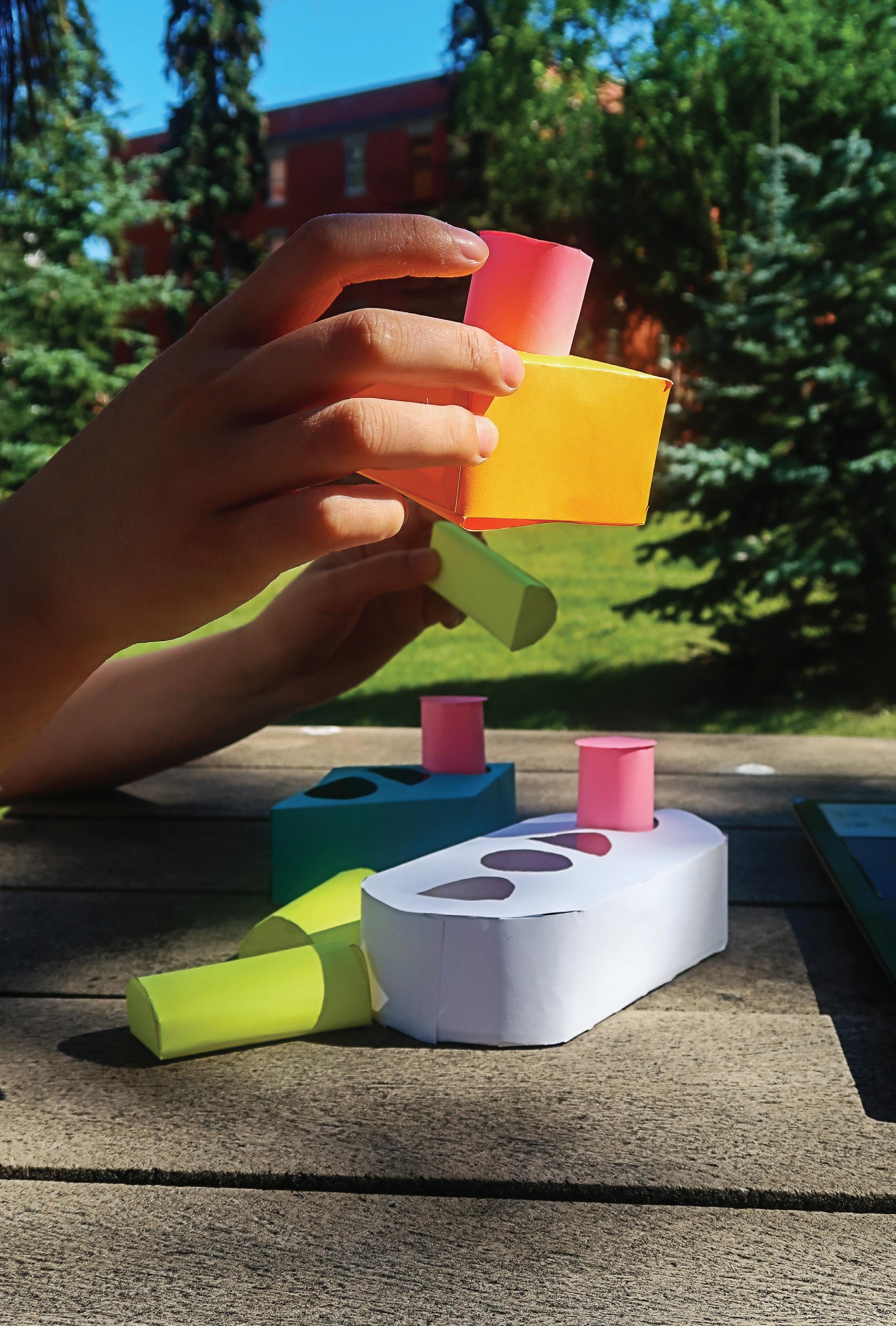
DODO is a mixed reality audio-game designed for children with visual impairment (VI), incorporating tangible paper blocky modules, computer vision and fun.
Selected for Lab2Market NSERC program.

Part of International Conference on Inclusive Technology and Education.
Research paper publication (IEEE).
Computer programming is one of the essential skills children need to learn and that schools must teach.
Understanding and learning the basics of programming help children to develop an appreciation of how things work.
Programming canbe challenging tolearn, and for VIlearners there arenumerousbarriersadditional to thelearning process.
Many of the solutions that exist today to promote the learning of programming in children are not inclusive.
Why is it important for children to learn coding?
Large companies including Google and Microsoft highlight the importance of introducing computer coding at primary school level, because of 2 main reasons:

Let’s talk about inclusive solutions to learn computer coding



Up to the date, there are none or scarce digital solutions in a mixed reality for learning coding concepts to VI children.
The average cost of an inclusive playful product for children’s code learning is around $1000 USD, which can be considered as an economic barrier for many families.
“Accessibility allows us to tap into everyone’s potential.” – Debra Ruh
Incredible economic potential of learning to code.
Programming recognized as a potential pathway for youth engagement
“When I have to explain something to a student, I make them grab an object to help me explain the subject”.
“I had no idea I could pursue a career in engineering or technology until I met someone who did it”.
“Children's favorite dynamics is when we teach them with games and toys”.
“My computer is my main tool for learning”.
Professor of VI children. VI university student.

"How might we design a friendly approach to not only increase the coding learning and understanding of VI children but also motivate it through the integration of digital technologies?”







Each module has its unique shape and meaning.

Child listening to audio missions and expressing the solution through the paper modules.
Receive instant feedback through real-time object detection with the camera to move to the next level.


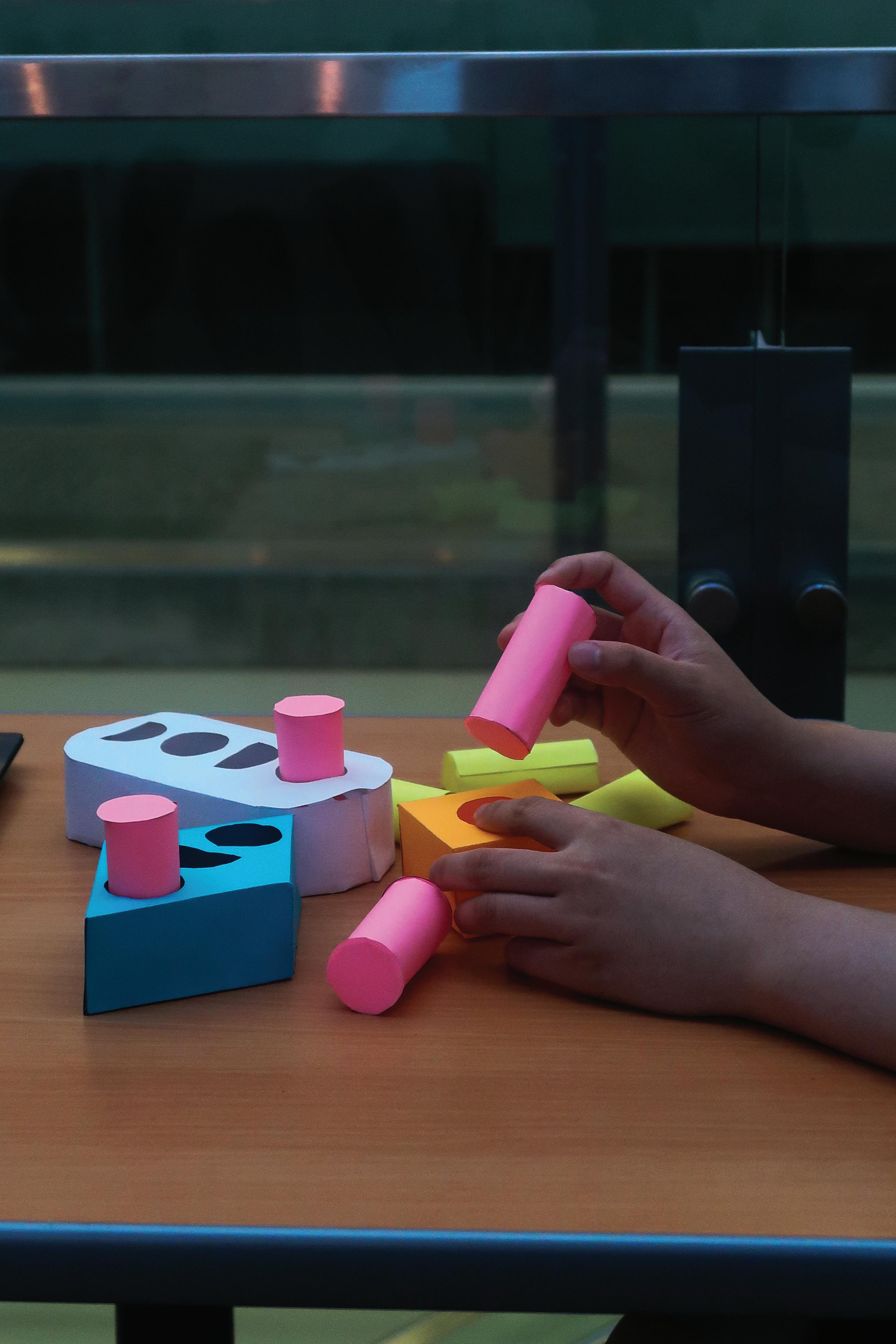
The proposal can be used both at home and in a classroom, and a trend in rise is to provide a smooth and engaging student ways to digitally attract, engage and retain which can be achieved through DODO.



Child starts DODO game. level mission’s.
Grab the paper modules.

Represent code to solve the mission.
Show the modules to the computer's camera.
If answer is correct, the child moves to the next level.











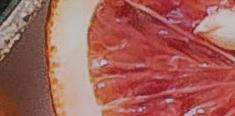


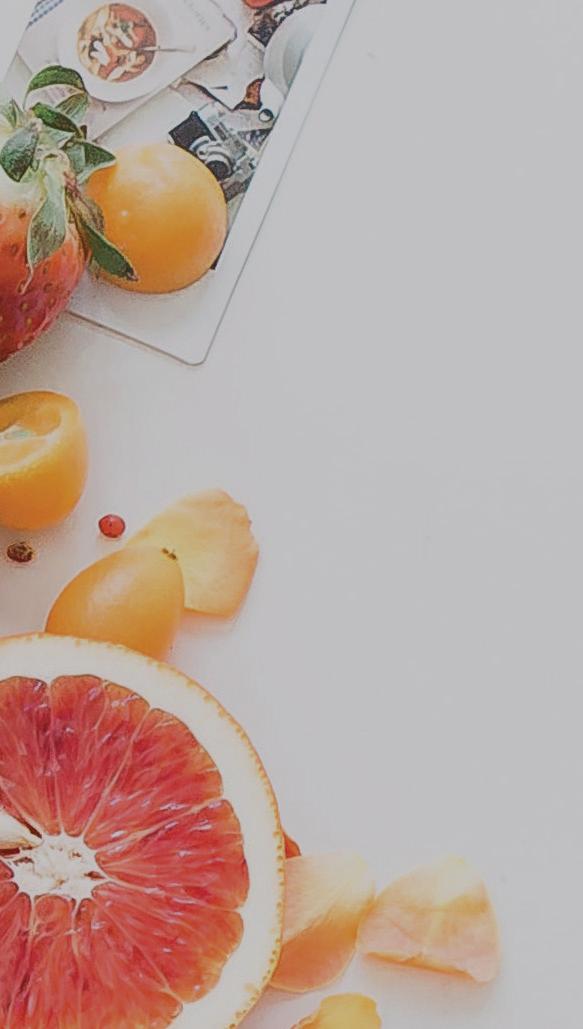
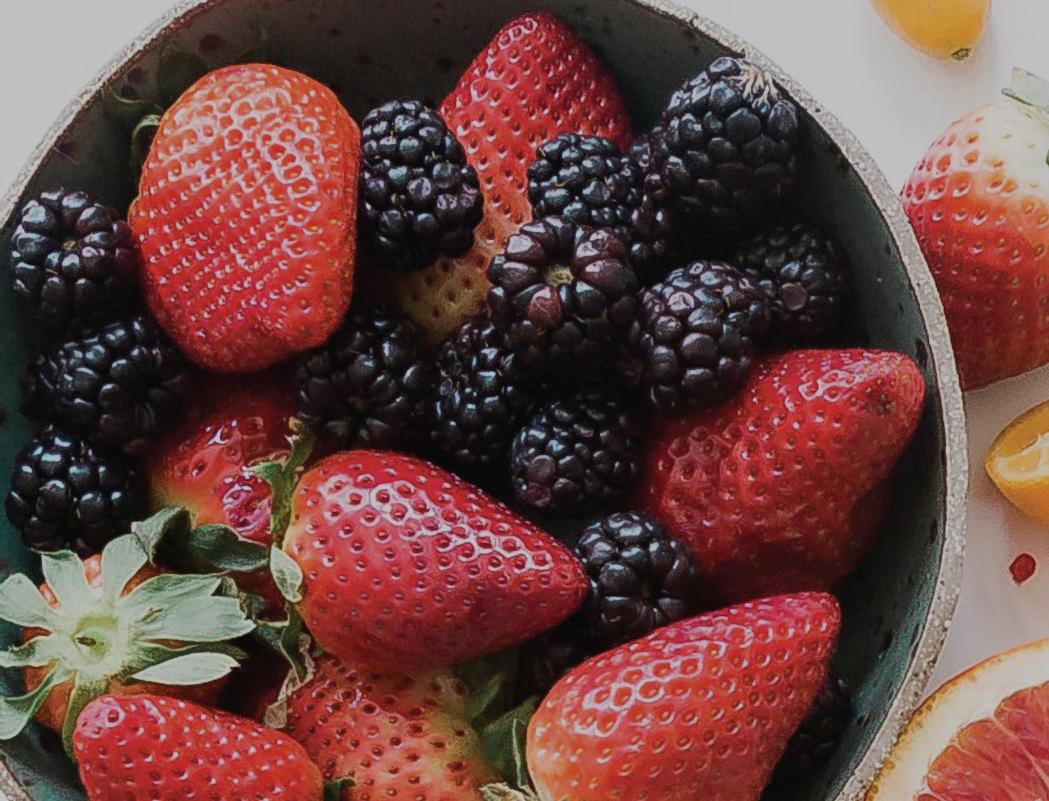 Competition Go Green in the City by Schneider Electric In team with Nicole Spaulding.
Competition Go Green in the City by Schneider Electric In team with Nicole Spaulding.

Ecofriendly food-conservation system based on barocaloric cooling technology.
MUSEFood™sensors in each compartment for weight & freshness analysis.
Bloom app for monitoring and controlling of each compartment.
Compact & modular design that adapts to different industries and users needs.


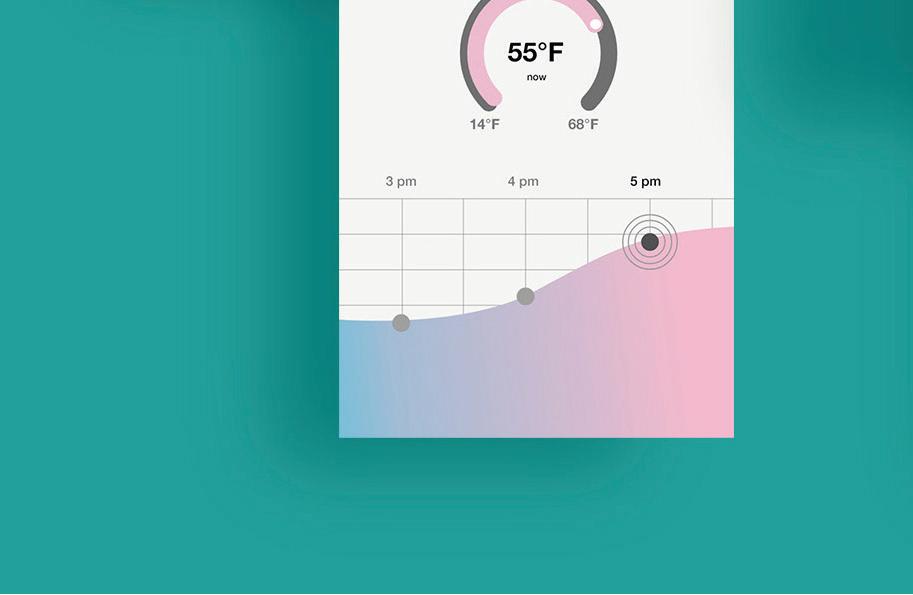
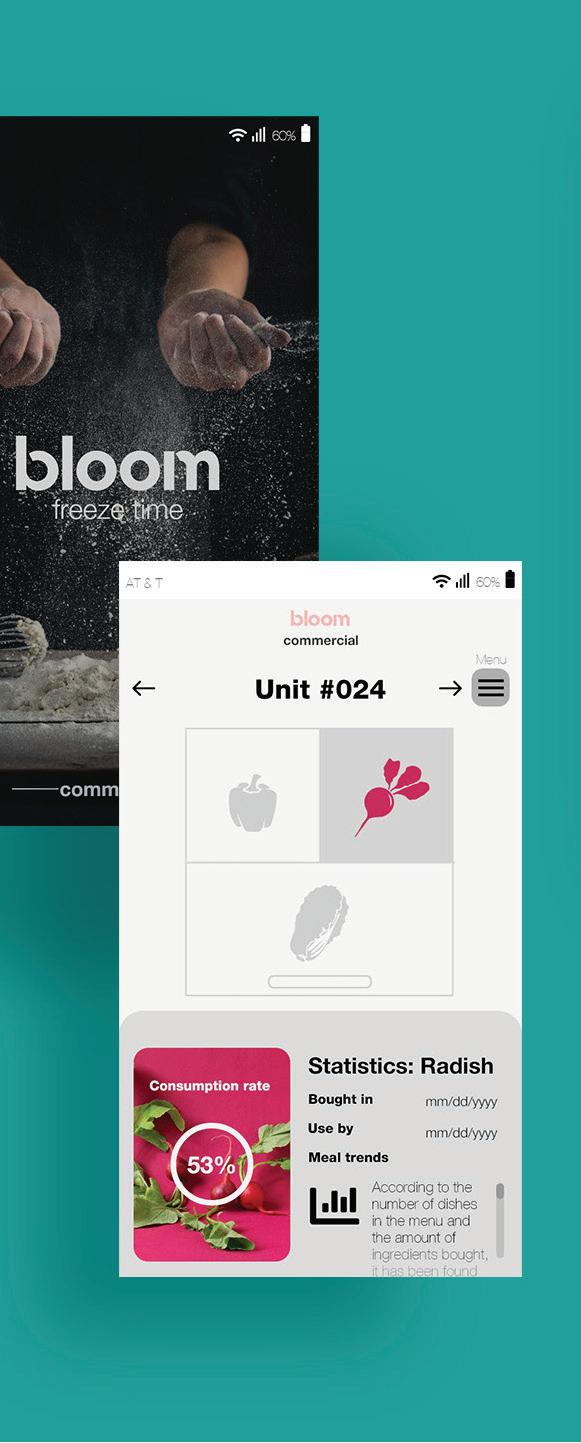
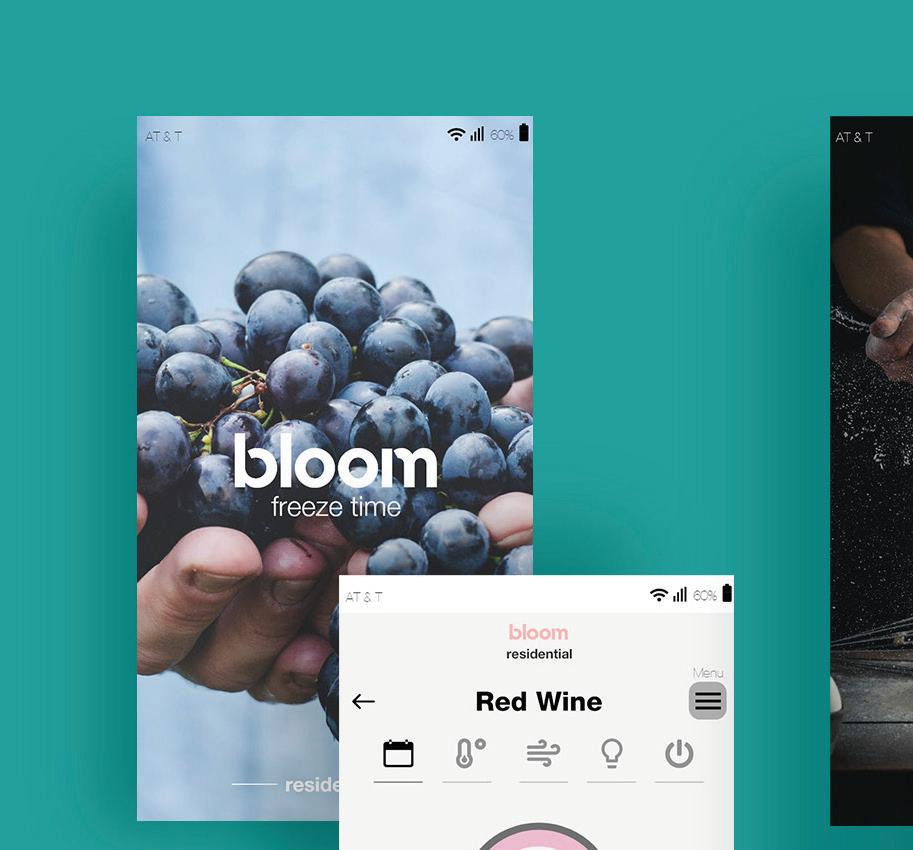
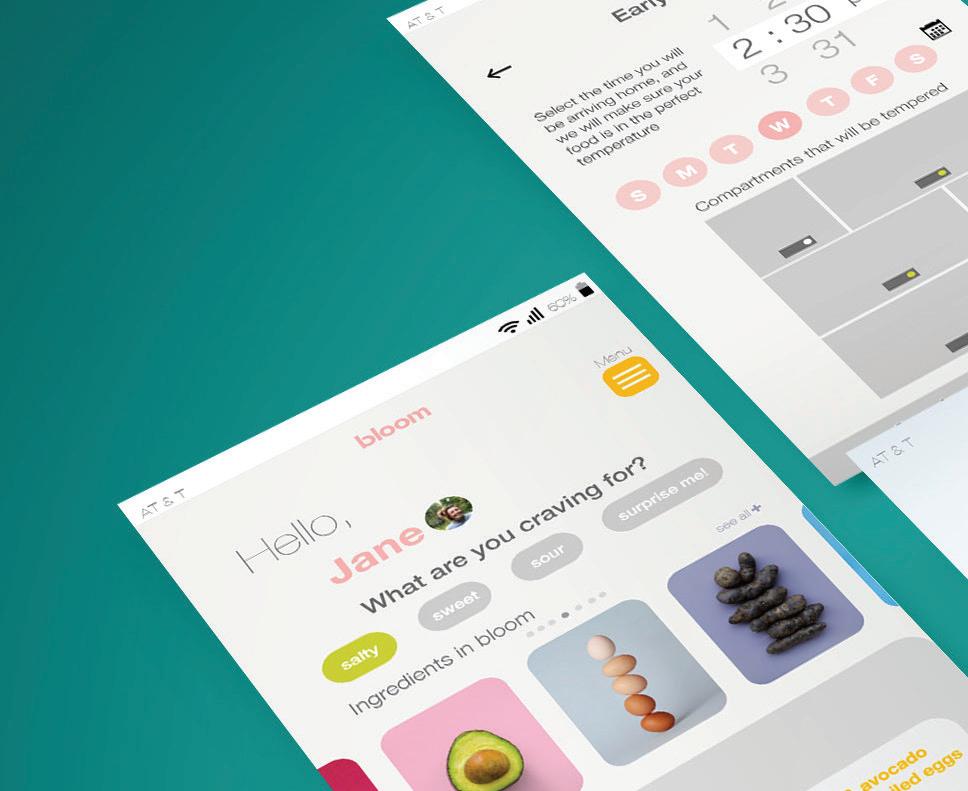
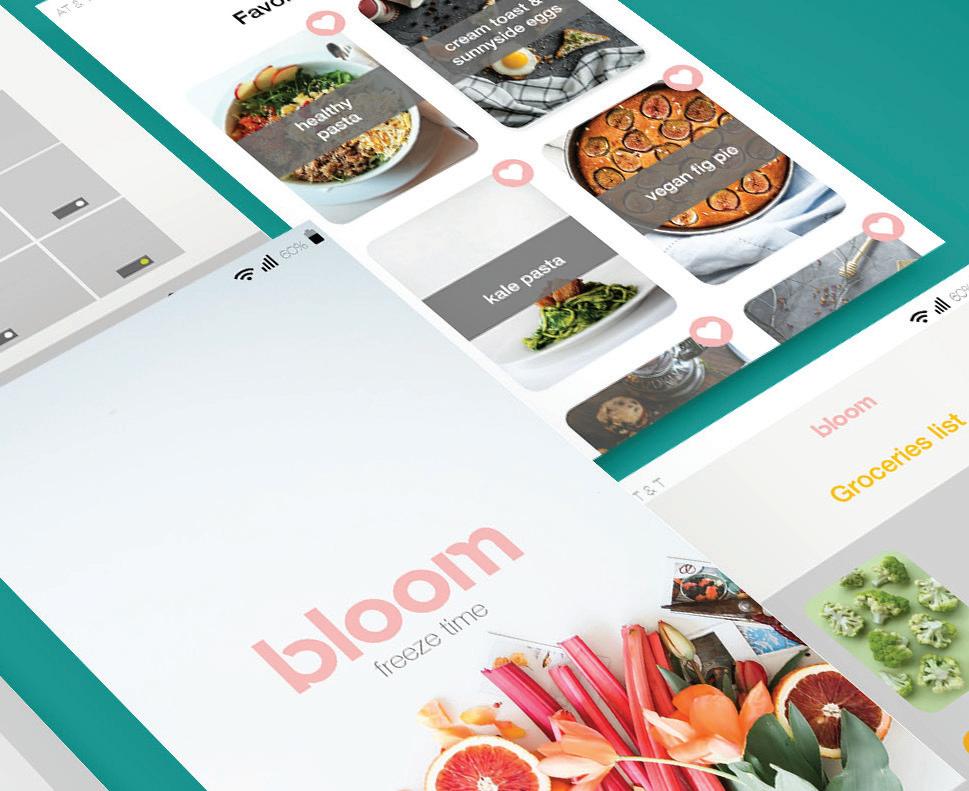


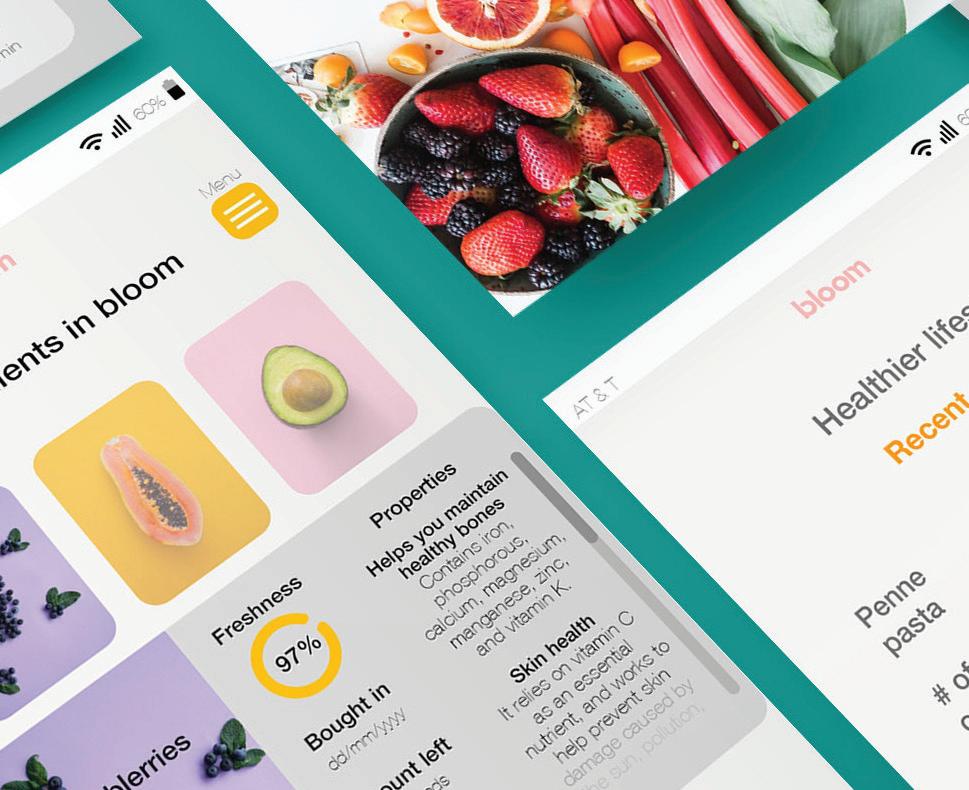
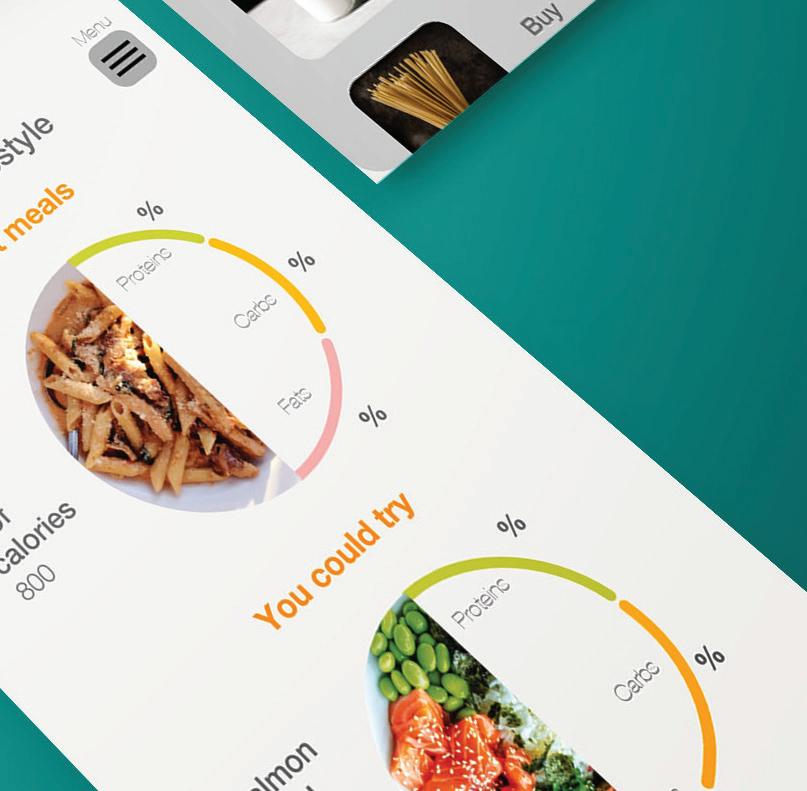


Competition L’Oréal Brandstorm by L’Oréal In team with Oscar Miguel and Brenda de la Rocha.


Challenge: How could we build a plastic-less future in the beauty industry?
L’Oréal Brandstorm 2022 competition: an innovation and strategic real time global marketing case styudy competition.
Drops are package-less spheres of beauty product made with hydrogel.
2nd national place of L’Oréal Brandstorm Mexico.
Consumer’s habits are key in reducing the product’s footprint.
The demand for responsible and sustainable packaging hast increased.
Through beauty products, each person can express themselves and feel comfortable in their own skin.
The zero wastetrend is reinventingthe single usedpackaged productsto build waste freeroutines.
New business models that go beyond one-way transactions
There is an opportunity to elevate the customer relationship to a new level by developing new models for interacting with them.
away from single-use disposable packaging and toward return schemes and

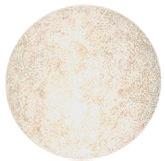





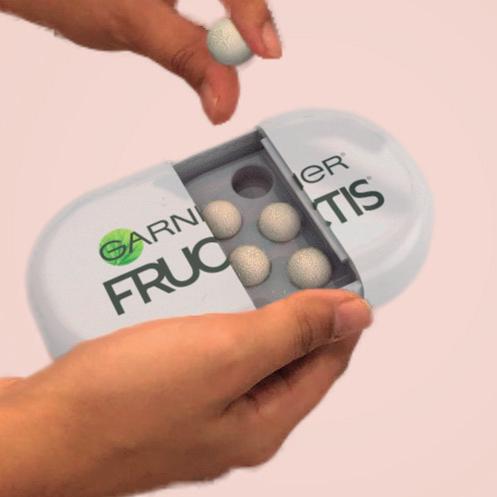


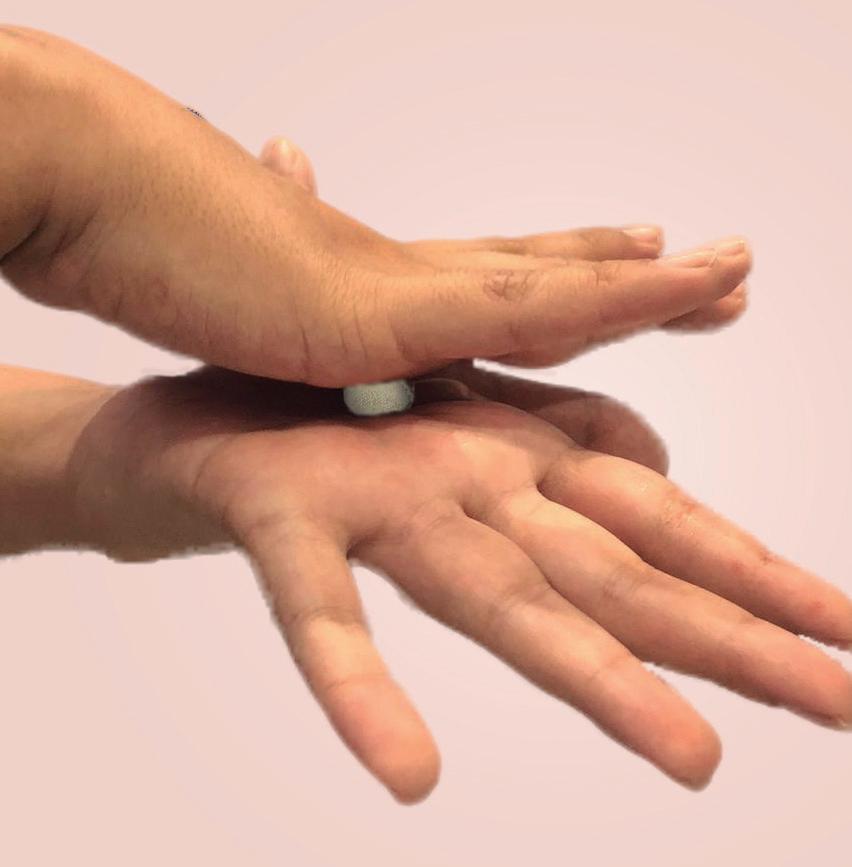
shifting awayfrom the
of

toward

Empty L’Oréal plastic packagings recolection
box


of new products



smart
You only have to use it as you always have, but now with zero waste
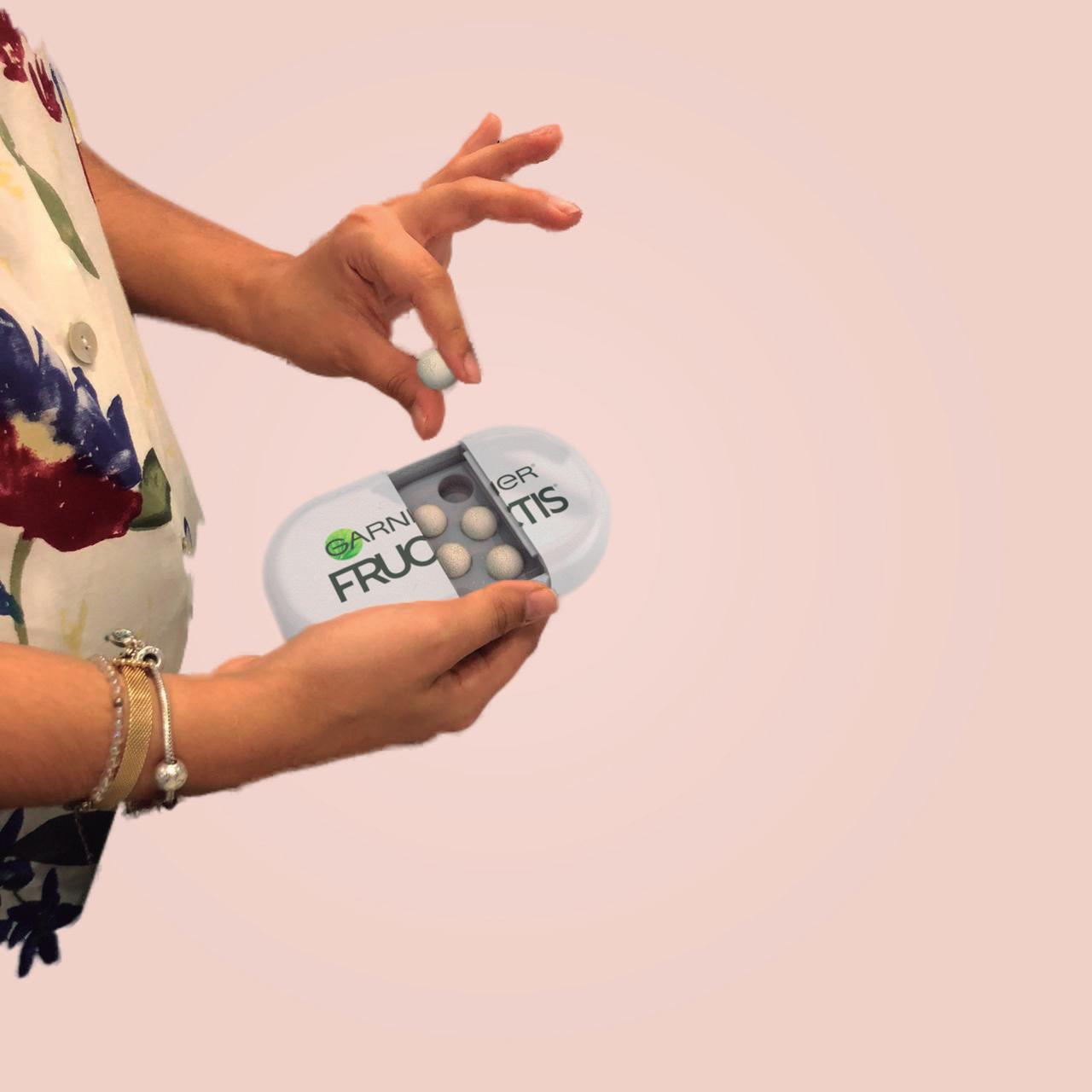

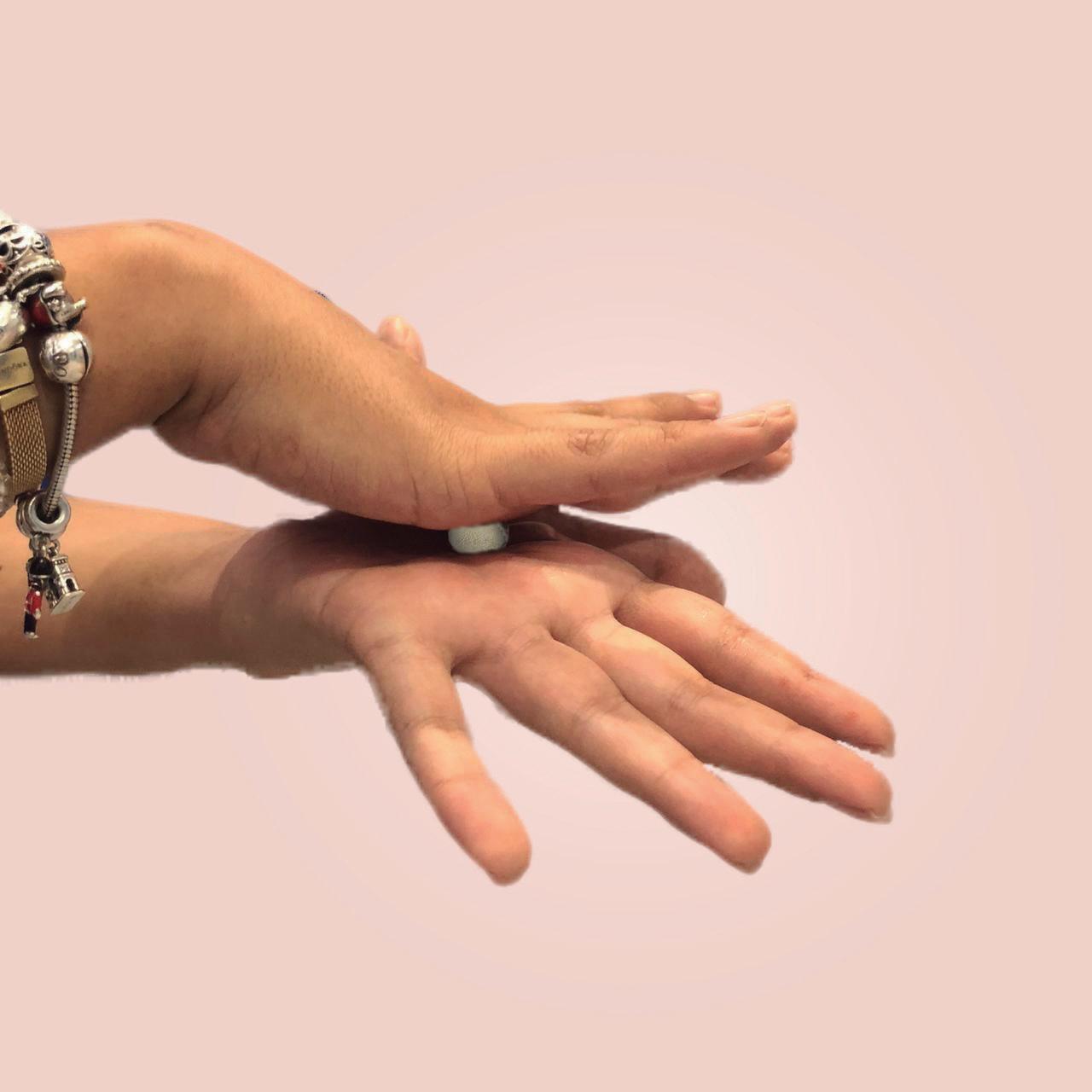

Place your smart case and the machine will get your drops! as many as you need


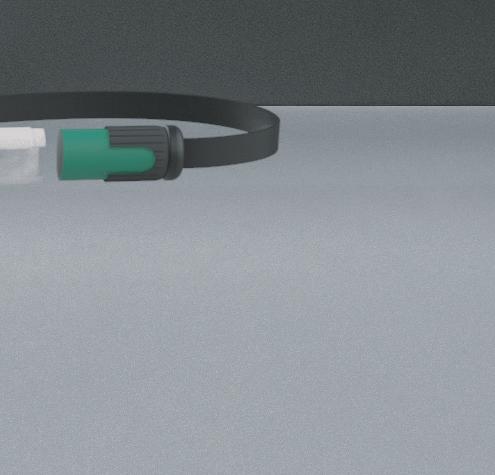





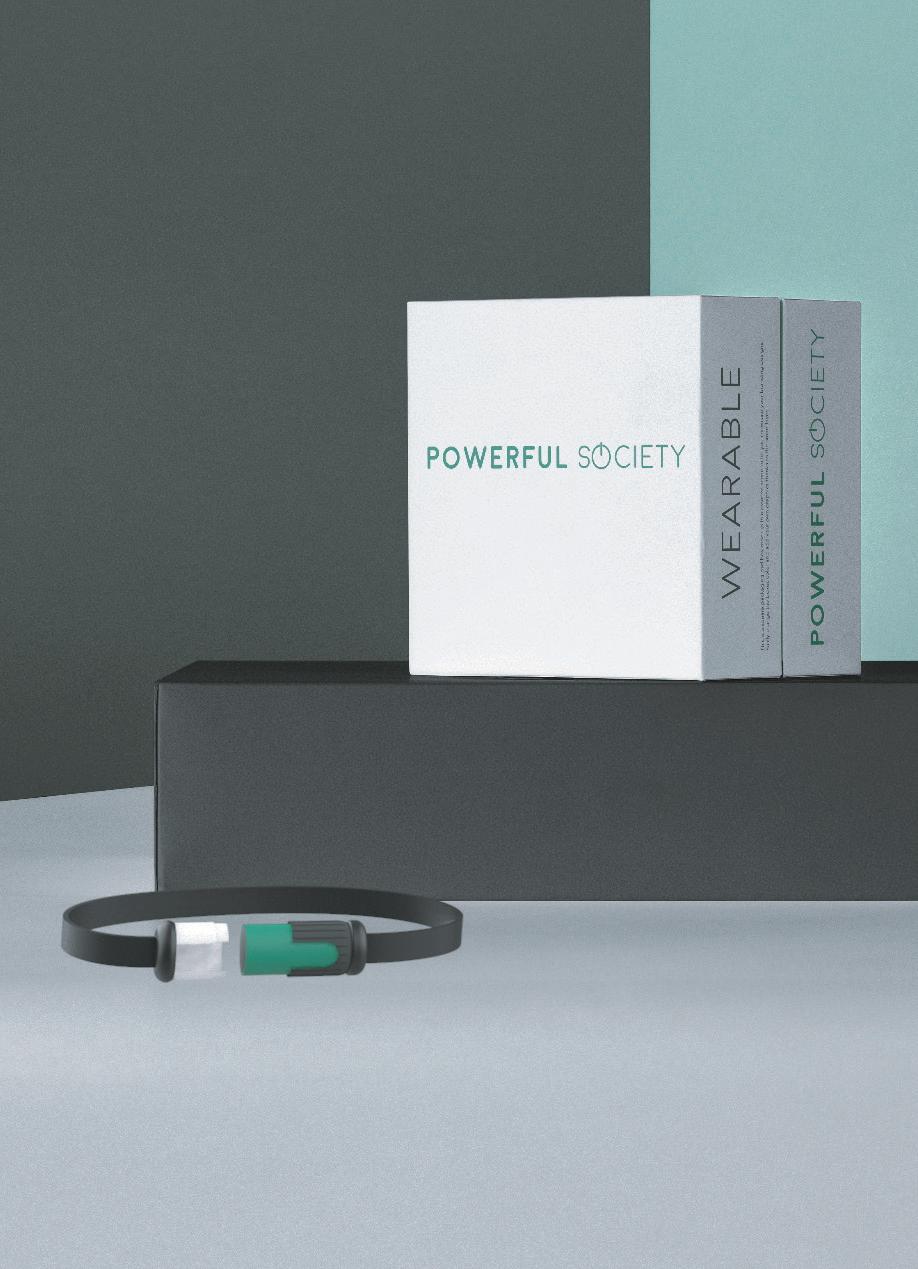 Go Green in the City, Competition by Schneider Electric In team with Benjamin Rubio.
Society
Go Green in the City, Competition by Schneider Electric In team with Benjamin Rubio.
Society
Connected smart community where people produce, store and send energy through smart devices within their daily activities.
Within 7 top team projects across North America.
Business models have remained unchanged .
Pitched in Schneider Electric Boston, USA Headquarters
Reducing the receipt cost does not solve anything.
Challenge: Imagine the future of energy management and distribution.

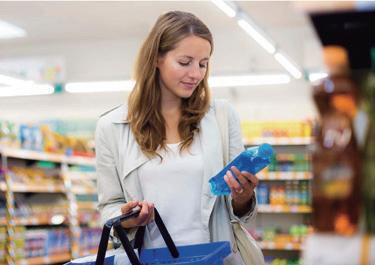
Conscious and sensitive buyer of the repercussions their habits have.

Wants to be accepted and part of something bigger than him/herself.
To keep feeling motivated and accomplished.
Generates energy daily by activities.
We create the biggest smart green community that will not only reduce the global footprint and increase renewable energy products sales but also will engage the people and companies by making them feel recognized and motivated?
What if?

E e/be l o e n i o E C O L O G I C A L C O N S U M E R
N E E D T O B E L O N G WA N T S T O B E R E C OGN I Z E D t o n g
I n f o about t h e c o n n e c t e d d e v i c e s a n d t h e e n e r g y g e n e r a t e d b y t h e m




L o c a t i o n s e c t i o n : i t dis p l a y s t h e i n f o about t h e g r e e n r o u t e s











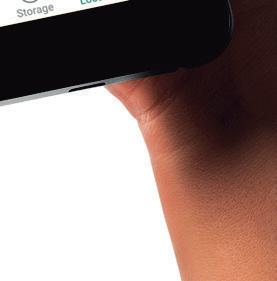

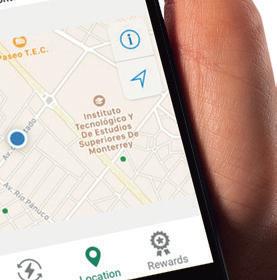











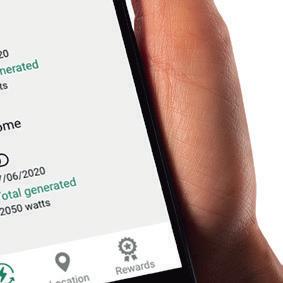
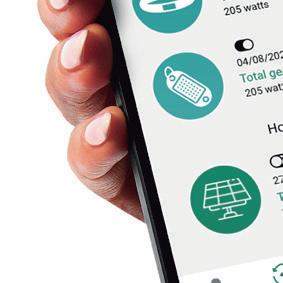



e w a r d s s e c t i o n a l l t h e l e v els a n d a l s o fu t u r e r e w a r d s t h e u s e r w i l l e a r n .
“Easy to read and very dy namic”
“Good way to ensure people have a terminal nearby ”
“I love the way to motivate the users ”
Conformed by a Solid Li-ion battery (SLB), and a

(TENG).
It delivers an output voltage about



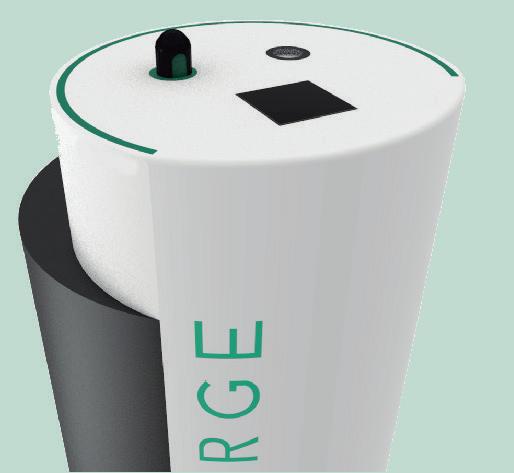

from 0 to 15 µAh.
It
the battery device here like this


and it can store
base
the new
battery here


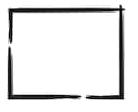



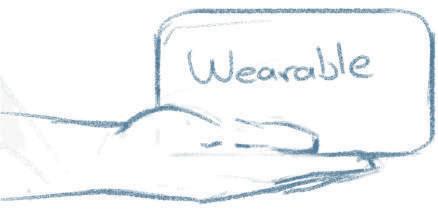







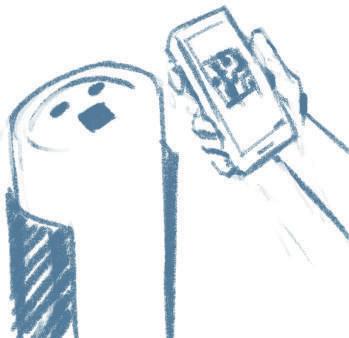

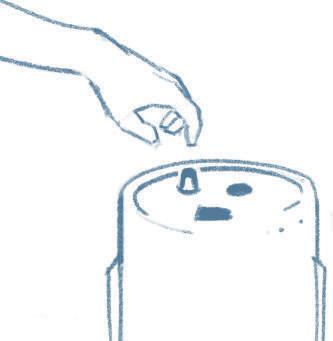




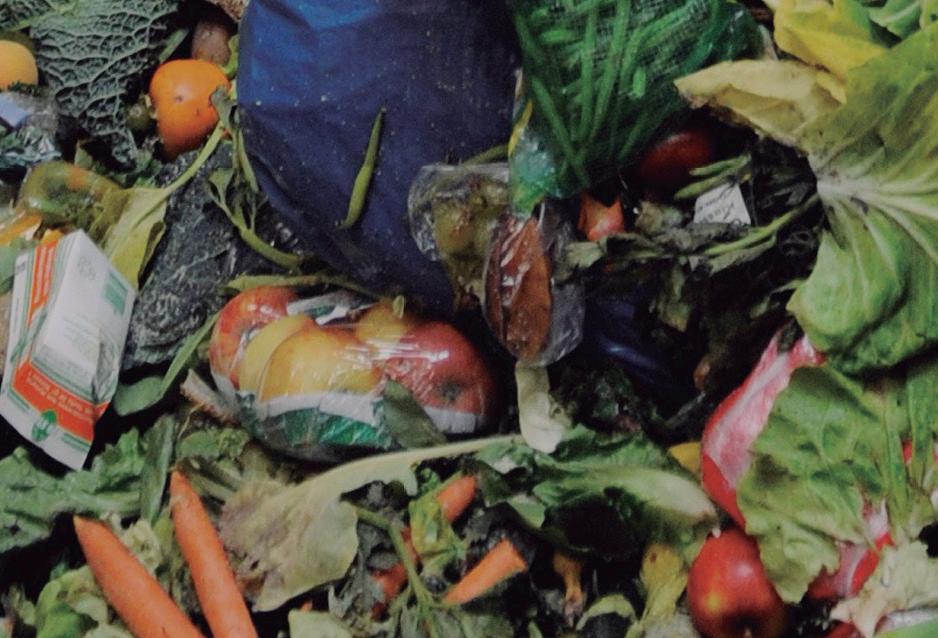
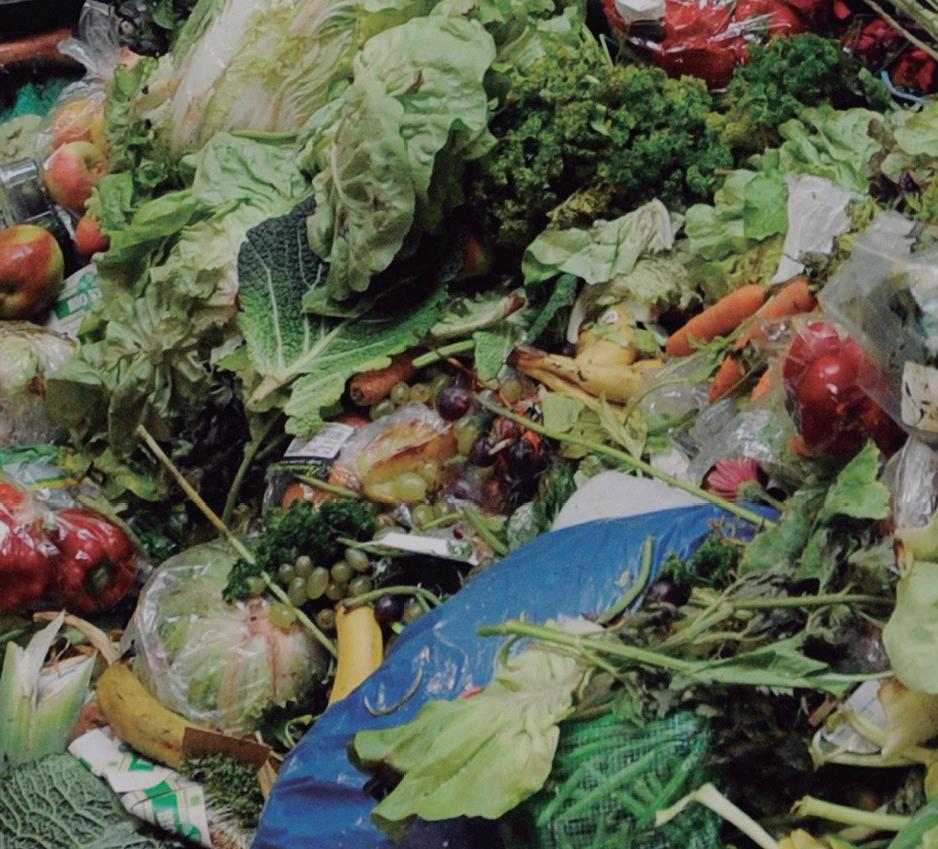
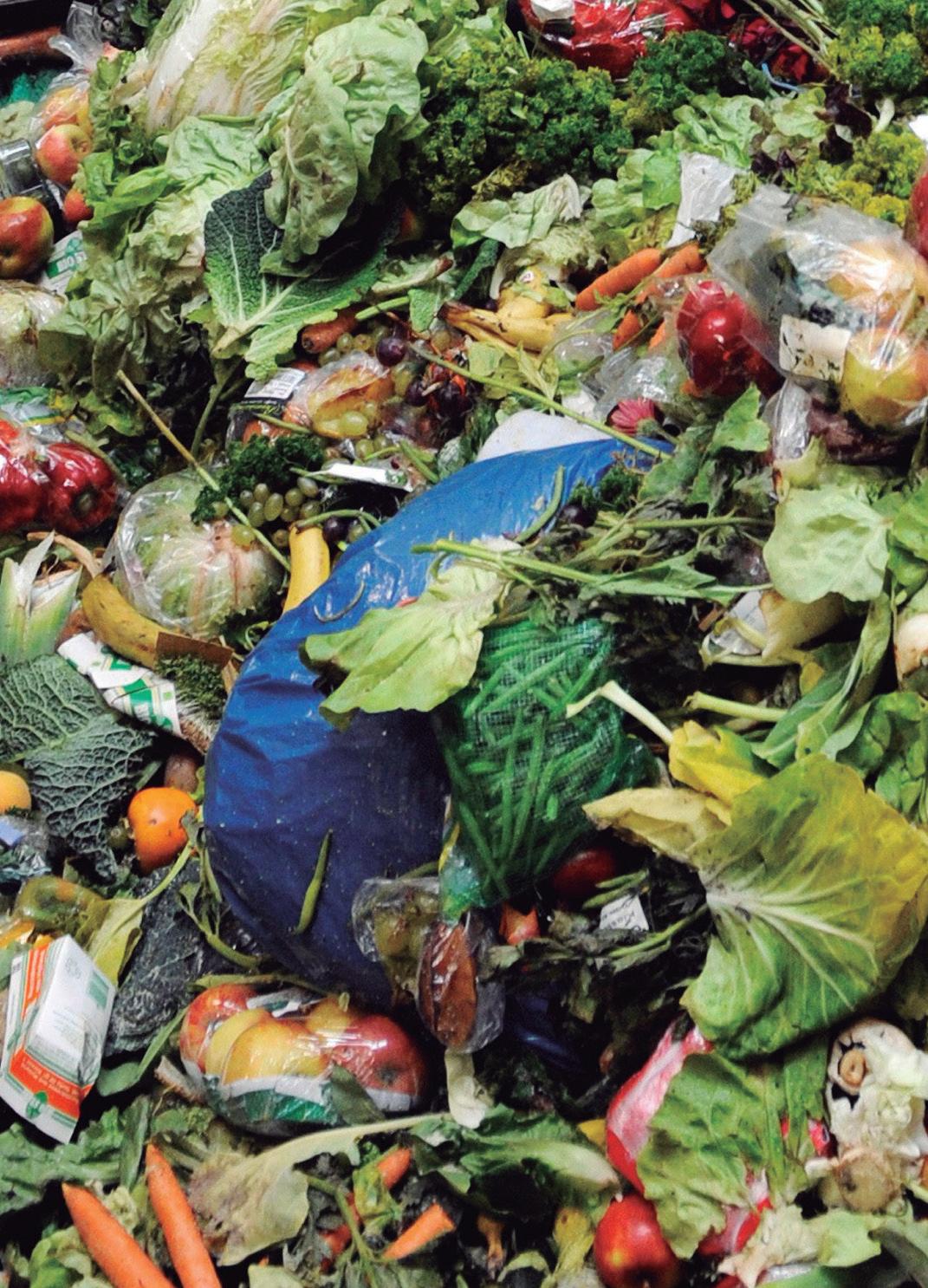
Half of the total FLW occurs in the first two steps: Pre-harvest and Post- harvest
14 million tonnes of food loss

“Halve per capita global food waste at the retail and consumer level, and reduce food losses along production and supply chains by 2030”

795 million people who suffer from some degree of malnutrition
Food that is intended for human consump tion, through poor functioning of the food production and supply system, it is reduced in quantity or quality



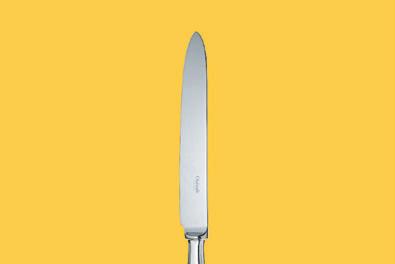
Era where more food is produced than at any other point in the history of humanity

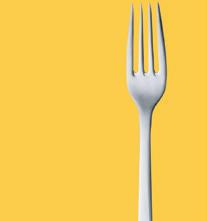
Food for human being that is discar ded due to intentio nal behaviors.

Food loss tends to focus on the upstream stages of the food supply chain (i.e., agricultural production and processing).
our food come from the ground, directly and indirectly
The absence of a systemic thought promote the lack of aware ness about current problems
Technological absence in third world countries
Agriculture is not a priority in the current government
*High appea rance quality s ta n d a r d s from the Supermarkets.
*D emo g r a p h i c increaseIncrease in demandO v erp r o d u c tion of food.
*Lack of resources for t e chn ologi ca l development. *Cur r e n t trends not being imple mented.
*Lack of specific regulation of the industry. *Poor partici pation of regu latory agencies.
*Changes in g o v ernme n t (public spen ding).
* Comme r c i a l policy
Agri-food sector is not one of the main driving forces of natio nal economy
Depends to a large extent on farmer production practices.
*Supply Chain
*Pollution
The crusade against hunger
Srategy of inclusion and social welfare
Among main objective: reduce post-har vest food losses
General law of the national council for the use of food
Failed to prove that it was a solution for food poverty
Began with 70 programs and dismis sed 32 during the first year
Only improved 0.1% of the shortages reported
Legal fra mework streng thened
Just enfor ced last year
Does not have a report of results
Purpose of redu cing food waste by creating aware ness and alternati ves .
Depen dent on CONA CYT (budget reduced almost 14%)
The popula tion that produces 80% of our food, r ep r e s e n t s 4/5 of the world's poverty
A b s e n c e of rural growth / inclusi v e growth
Direct connection with farmers closer to the trade / institution, implementing not so demanding standards, generating a secure income and positio ning in the market.
Access to programs and consideration of the rural population as an agent of change. In the same way, the establishment of fair standards for foods that work for the whole country.
Engagement with rural population, pro viding workshops and possible connections to increase income.
Direct and periodic purchase from small farmers, providing them with a secure income and positio ning in the market.